Yay 😃
CERN’s gargantuan particle collider could change everything by discovering a new force of nature.
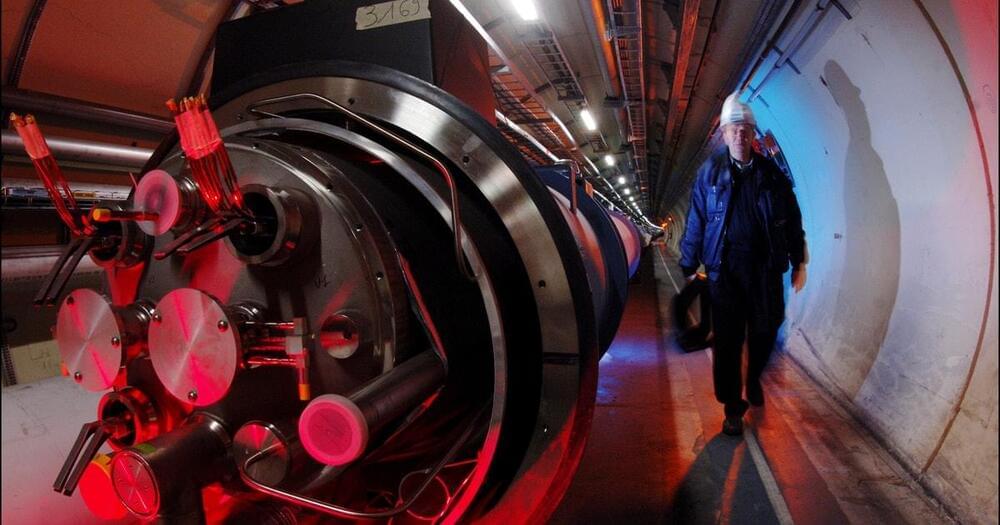
This was described in his 2019 paper, “The mass-energy-information equivalence principle,” which extends Einstein’s theories about the interrelationship of matter and energy to data itself. Consistent with IT, Vopson’s study was based on the principle that information is physical and that all physical systems can register information. He concluded that the mass of an individual bit of information at room temperature (300K) is 3.19 × 10-38 kg (8.598 × 10-38 lbs).
Taking Shannon’s method further, Vopson determined that every elementary particle in the observable Universe has the equivalent of 1.509 bits of encoded information. “It is the first time this approach has been taken in measuring the information content of the universe, and it provides a clear numerical prediction,” he said. “Even if not entirely accurate, the numerical prediction offers a potential avenue toward experimental testing.”
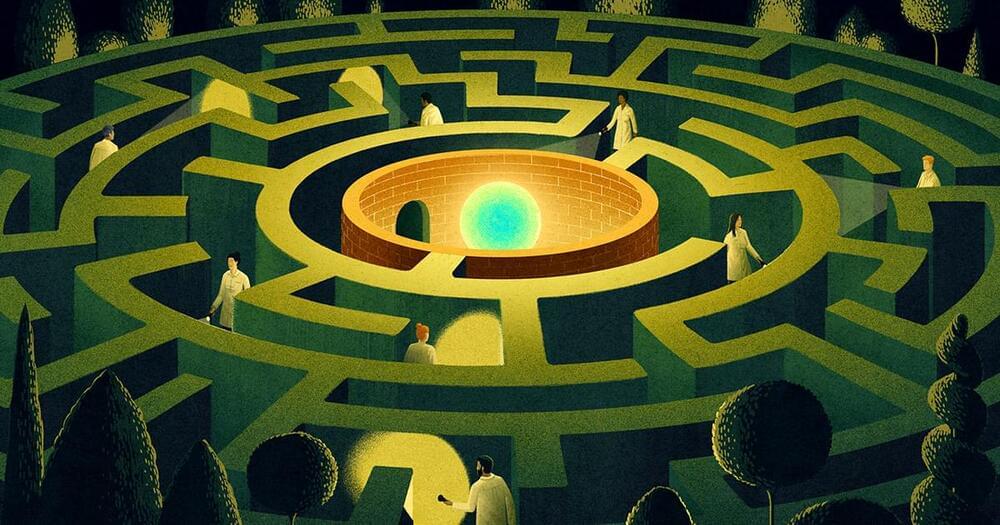
In 1,993 deep underground at Los Alamos National Laboratory in New Mexico, a few flashes of light inside a bus-size tank of oil kicked off a detective story that is yet to reach its conclusion.
The Liquid Scintillator Neutrino Detector (LSND) was searching for bursts of radiation created by neutrinos, the lightest and most elusive of all known elementary particles. “Much to our amazement, that’s what we saw,” said Bill Louis, one of the experiment’s leaders.
The problem was that they saw too many. Theorists had postulated that neutrinos might oscillate between types as they fly along — a hypothesis that explained various astronomical observations. LSND had set out to test this idea by aiming a beam of muon neutrinos, one of the three known types, toward the oil tank, and counting the number of electron neutrinos that arrived there. Yet Louis and his team detected far more electron neutrinos arriving in the tank than the simple theory of neutrino oscillations predicted.

Quantum entanglement—or what Albert Einstein once referred to as “spooky action at a distance”— occurs when two quantum particles are connected to each other, even when millions of miles apart. Any observation of one particle affects the other as if they were communicating with each other. When this entanglement involves photons, interesting possibilities emerge, including entangling the photons’ frequencies, the bandwidth of which can be controlled.
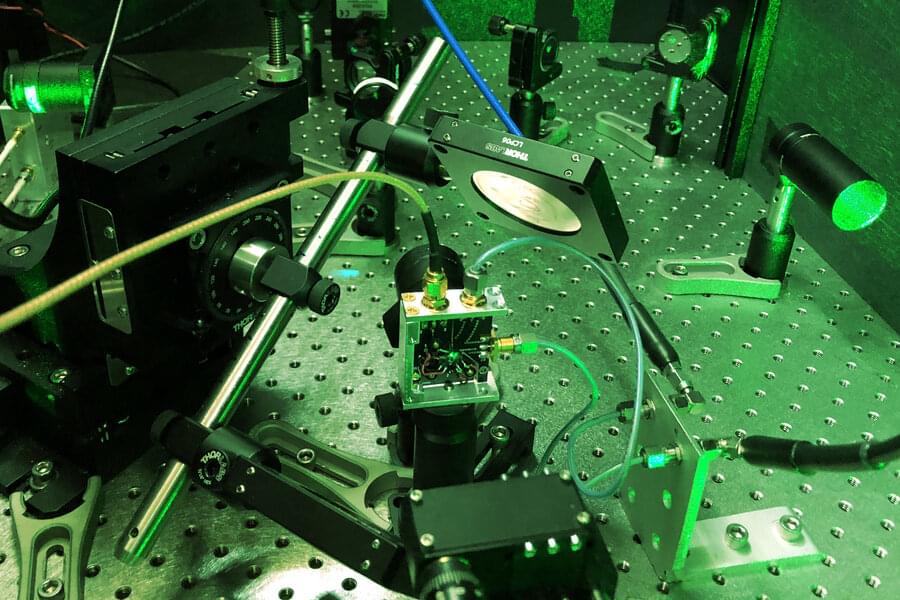
Physicists and engineers have long been interested in creating new forms of matter, those not typically found in nature. Such materials might find use someday in, for example, novel computer chips. Beyond applications, they also reveal elusive insights about the fundamental workings of the universe. Recent work at MIT both created and characterized new quantum systems demonstrating dynamical symmetry—particular kinds of behavior that repeat periodically, like a shape folded and reflected through time.
“There are two problems we needed to solve,” says Changhao Li, a graduate student in the lab of Paola Cappellaro, a professor of nuclear science and engineering. Li published the work recently in Physical Review Letters, together with Cappellaro and fellow graduate student Guoqing Wang. “The first problem was that we needed to engineer such a system. And second, how do we characterize it? How do we observe this symmetry?”
Concretely, the quantum system consisted of a diamond crystal about a millimeter across. The crystal contains many imperfections caused by a nitrogen atom next to a gap in the lattice—a so-called nitrogen-vacancy center. Just like an electron, each center has a quantum property called a spin, with two discrete energy levels. Because the system is a quantum system, the spins can be found not only in one of the levels, but also in a combination of both energy levels, like Schrodinger’s theoretical cat, which can be both alive and dead at the same time.

Solar particles blasted out in association with the flare could hit Earth tomorrow (Oct. 29).
A major solar flare erupted from the sun on Thursday (Oct. 28) in the strongest storm yet of our star’s current weather cycle.
The sun fired off an X1-class solar flare, its most powerful kind of flare, that peaked at 11:35 a.m. EDT (1535 GMT), according to an alert from the U.S. Space Weather Prediction Center (SWPC), which tracks space weather events.


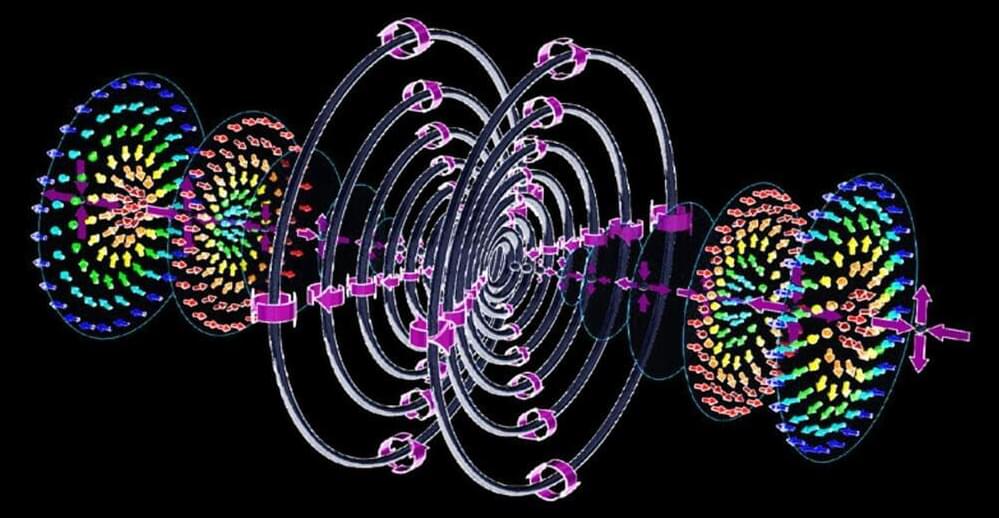
Topology in optics and photonics has been a hot topic since 1,890 where singularities in electromagnetic fields have been considered. The recent award of the Nobel prize for topology developments in condensed matter physics has led to renewed surge in topology in optics with most recent developments in implementing condensed matter particle-like topological structures in photonics. Recently, topological photonics, especially the topological electromagnetic pulses, hold promise for nontrivial wave-matter interactions and provide additional degrees of freedom for information and energy transfer. However, to date the topology of ultrafast transient electromagnetic pulses had been largely unexplored.
In their paper published in the journal Nature Communications, physicists in the UK and Singapore report a new family of electromagnetic pulses, the exact solutions of Maxwell’s equation with toroidal topology, in which topological complexity can be continuously controlled, namely supertoroidal topology. The electromagnetic fields in such supertoroidal pulses have skyrmionic structures as they propagate in free space with the speed of light.
Skyrmions, sophisticated topological particles originally proposed as a unified model of the nucleon by Tony Skyrme in 1,962 behave like nanoscale magnetic vortices with spectacular textures. They have been widely studied in many condensed matter systems, including chiral magnets and liquid crystals, as nontrivial excitations showing great importance for information storing and transferring. If skyrmions can fly, open up infinite possibilities for the next generation of informatics revolution.
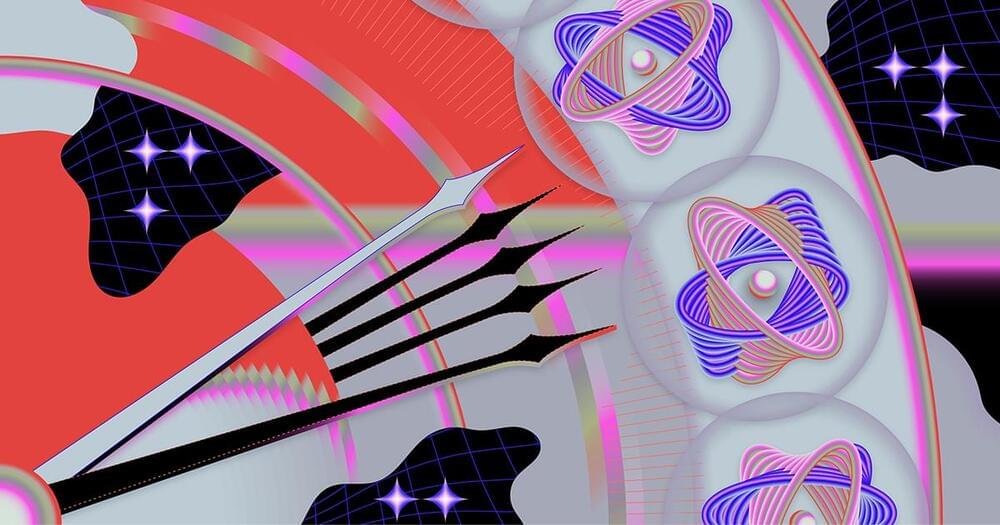
The infamous twin paradox sends the astronaut Alice on a blazing-fast space voyage. When she returns to reunite with her twin, Bob, she finds that he has aged much faster than she has. It’s a well-known but perplexing result: Time slows if you’re moving fast.
Gravity does the same thing. Earth — or any massive body — warps space-time in a way that slows time, according to Albert Einstein’s general theory of relativity. If Alice lived her life at sea level and Bob at the top of Everest, where Earth’s gravitational pull is slightly weaker, he would again age faster. The difference on Earth is modest but real — it’s been measured by putting atomic clocks on mountaintops and valley floors and measuring the difference between the two.
Physicists have now managed to measure this difference to the millimeter. In a paper posted earlier this month to the scientific preprint server arxiv.org, researchers from the lab of Jun Ye, a physicist at JILA in Boulder, Colorado, measured the difference in the flow of time between the top and the bottom of a millimeter-tall cloud of atoms.